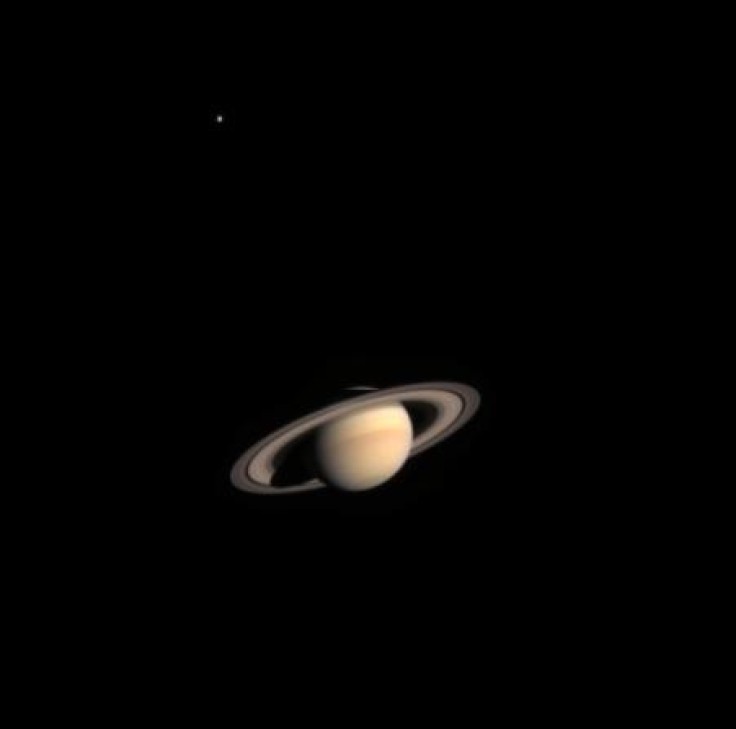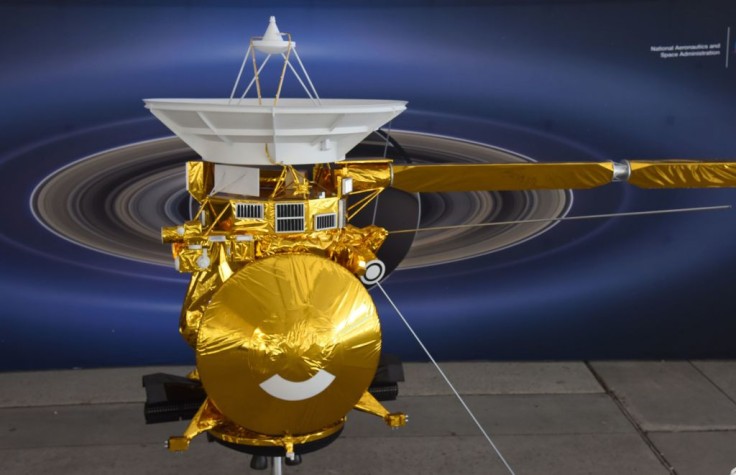As the saying goes, there is always a first time for everything. It may not be as impressive as the subsequent attempts, but the first time marks a turning point in anyone's life, even for an organization.
The first image NASA took of Saturn is one of those attempts. However, unlike Hubble's first photos, which were distorted due to a manufacturing error, the first picture of Saturn is one of the most impressive feats of astronomy and photography of its time.
Here's how NASA took that historical photo:
NASA's First picture of Saturn

Saturn is the sixth planet of our solar system and is around 1.41 billion kilometers away from Earth, per Space.com. The planet's name came from the Roman god Saturn, the god of agriculture and the father of Jupiter. In Greek mythology, Saturn is known as Cronos, the king of the titans, and the father of Zeus, who is called Jupiter by the Romans.
Dur to its distance from Earth, taking a picture of Saturn would be a difficult if taken from a observatory on Earth. However, NASA had an ace up its sleeve in the form of its Cassini spacecraft.
The Cassini spacecraft is one of NASA's space probes, like Voyager, that can take photos of celestial objects and bodies and send the data back to Earth for processing and research, per NASA.
Cassini was able to get close to Saturn and took photos of the sixth planet as well as its rings and one of its most prominent moons, Titan.
The picture was taken while Cassini was 177 million miles away from Saturn, and as such, Saturn appears to be far away. However, the probe was able to take pictures of Saturn, its rings, and Titan clearly and brightly at the same time thanks to its position.
Cassini Spacecraft Details

NASA's Cassini spacecraft, more formally known by its complete name, the Cassini-Huygens spacecraft, is the fourth space probe to visit the sixth planet and the first to enter its orbit.
The three space probes that previously visited Saturn were Pioneer 11 in 1979, and the two Voyager space probes, which made their respective visits on 1980 and 1981.
Cassini was able to provide definitive proof that liquid water resides on Saturn's moon, Enceladus, with the moon shooting out icy jets of water vapor and icy particles that are then warped by Saturn's gravity. It also discovered many of Saturn's various moons. Two of the planet's moons, Methone and Pallene, were dscovered immediately after Cassini arrived on the sith planet.
Aside from taking the first photos of Saturn, it was responsible for taking the Huygens probe to Saturn, making it the first object humanity created that landed or made it to a world in the solar system's distant outer planets.
A separate Space.com article mentioned that the spacecraft orbited Saturn from June 30, 2004 until September 15, 2017. At this time, NASA instructed the probe to enter Saturn itself to avoid the contamination of one of the planet's habitable moons, such as Enceladus or Titan.









